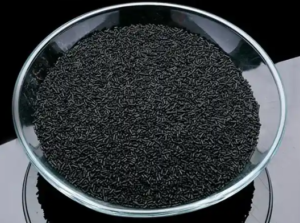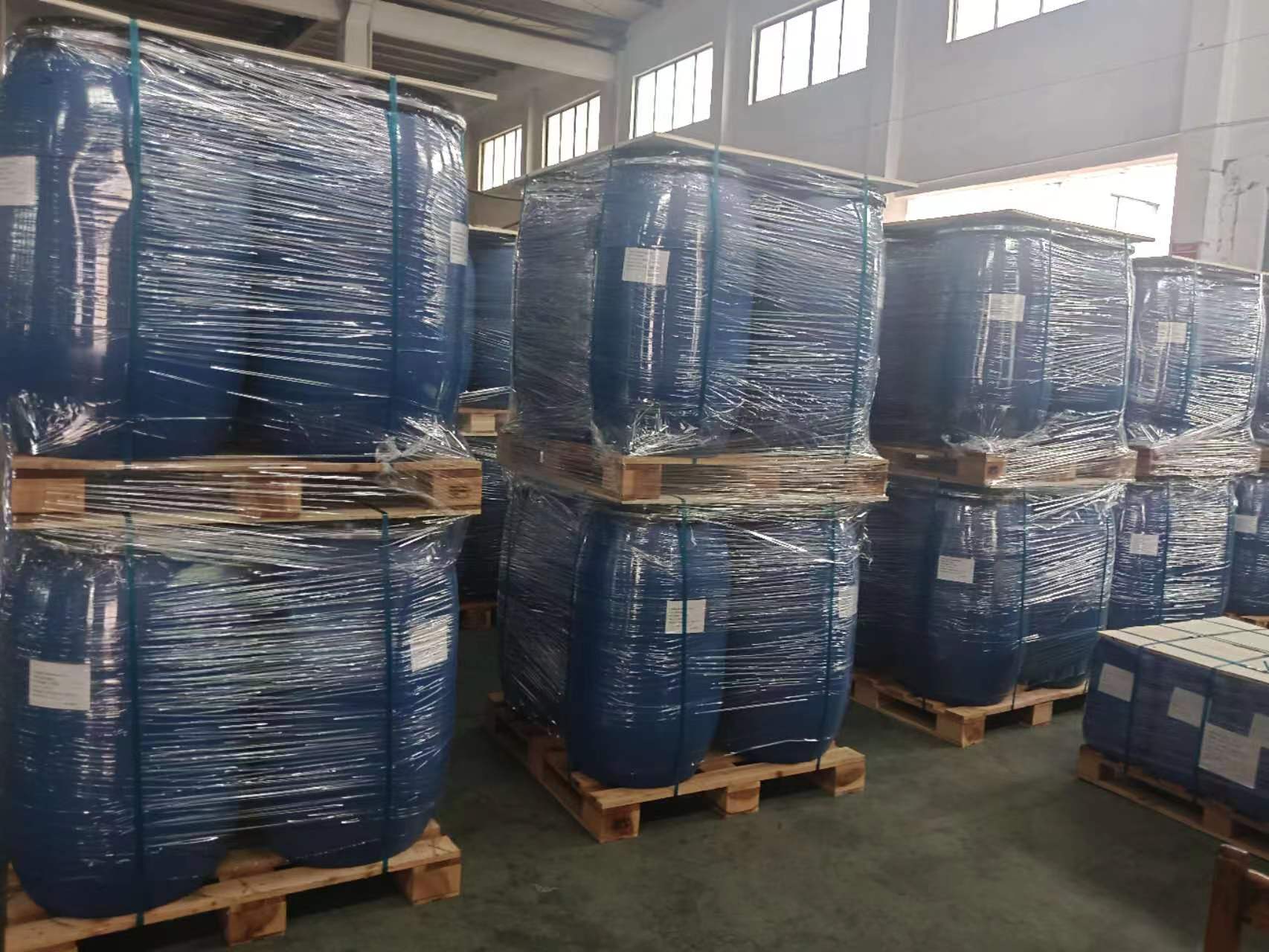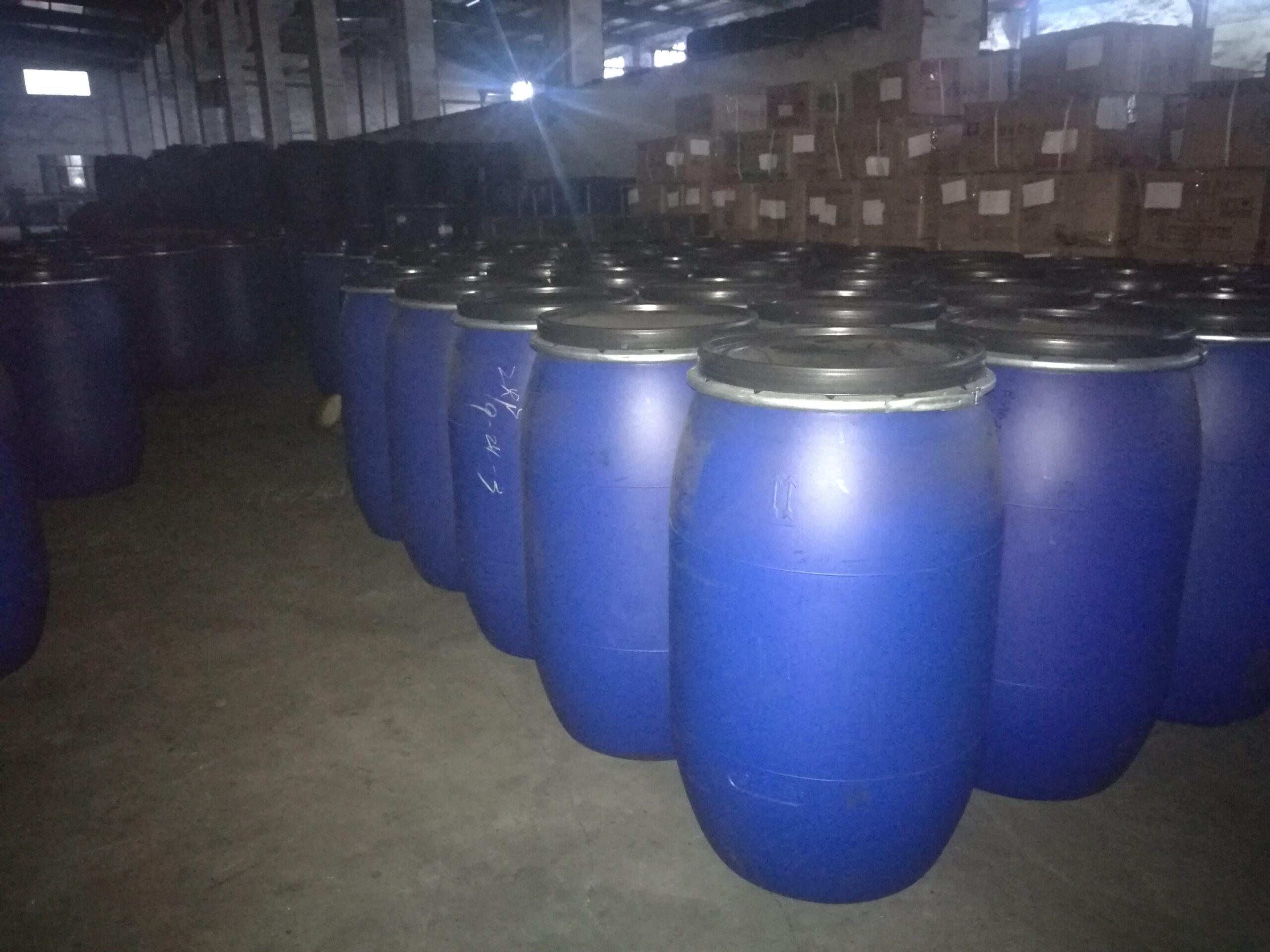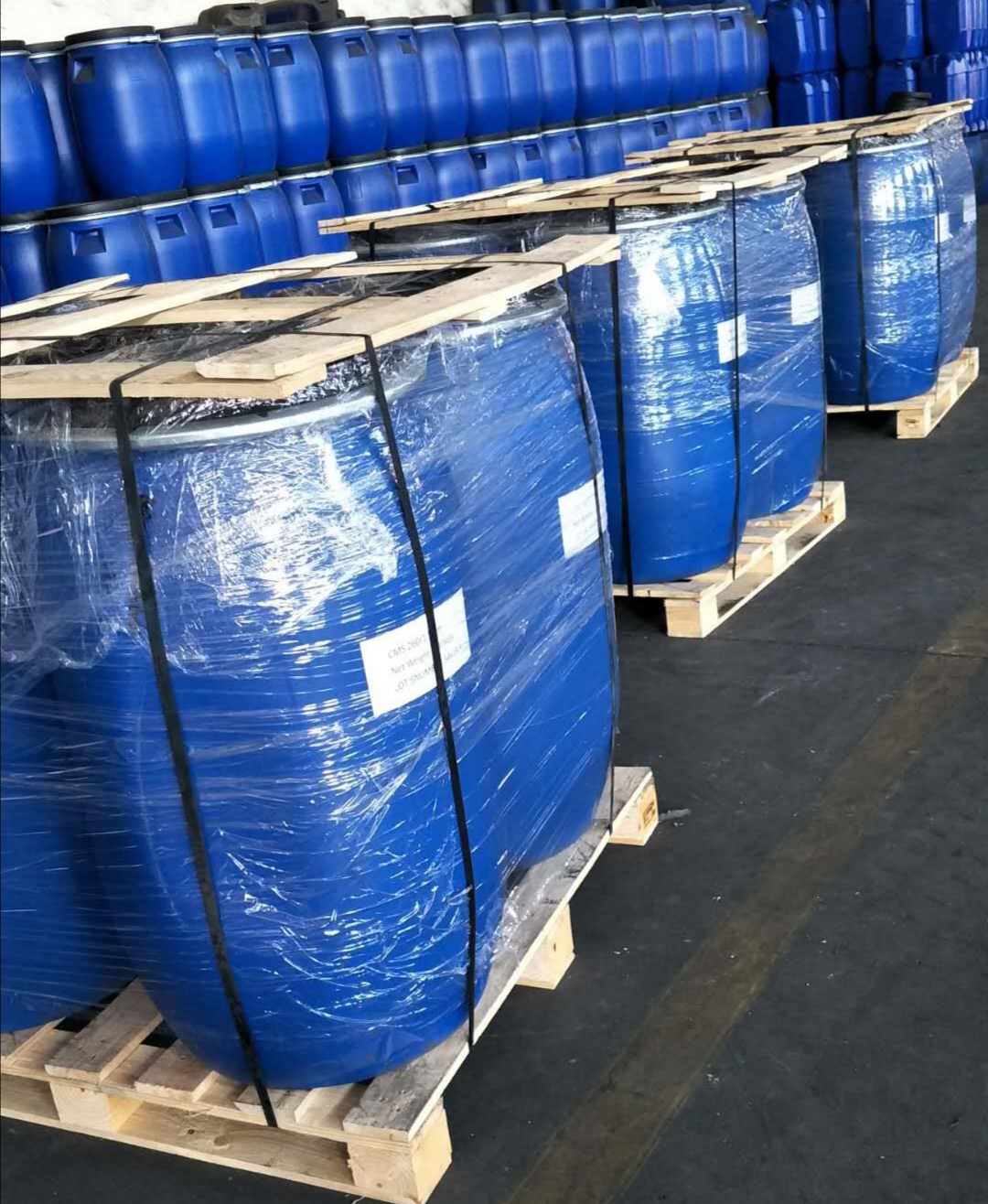The Application of Activated Carbon Adsorption Technology in Water Treatment
Water treatment activated carbon is made from high-quality coconut shells, walnut shells, apricot shells, peach shells, and coal as raw materials, through a series of production processes. It appears as black granular substances. Its advantages include a well-developed pore structure, a large specific surface area, strong adsorption performance, low layer cohesion, stable chemical properties, and easy regeneration. It is suitable for high-purity drinking water, industrial water, and deep purification of wastewater treatment. Water treatment activated carbon is generally in the form of column-shaped particles, with a large specific surface area, well-developed micropores, high mechanical strength, fast adsorption speed, strong purification capacity, and is not prone to powdering. It has a long service life.
Activated carbon is made from high-quality fruit shell coconut shells using advanced production processes. The product has a well-developed pore structure, high strength, low impurity content, appropriate particle size, low resistance, easy regeneration, etc. It has excellent effects on water purification, not only removing unpleasant odors and improving water purity, but also has a high removal rate for various impurities in water such as chlorine, phenol, arsenic, lead, cyanide, pesticides, etc. It can be widely used for filling various large, medium, and small-sized water purifiers. It is also suitable for de-colorization and refinement of sugar and cold beverages, as well as indoor and outdoor air purification. Especially, activated carbon loaded with special components has better purification efficiency for indoor harmful gases such as ammonia and formaldehyde.

The quality of water treatment activated carbon can be judged from the following parameters:
1.Moisture content
2.Strength
3. Iodine adsorption value (above 900)
4. Benzene adsorption
5. Specific surface area
6. Ash content
7. Filling density
8.Particle size
The application of activated carbon adsorption technology in water treatment
一、Overview of its application in water treatment
Practice has proved that activated carbon is an ideal adsorbent for water and wastewater treatment. The research on activated carbon for water and wastewater treatment has a history of ten years. In the past twenty years, due to the satisfactory solution of activated carbon regeneration problems and the reduction of manufacturing costs, activated carbon adsorption technology has gradually been promoted and used in China and abroad. Currently, the most widely used methods are three-stage wastewater treatment and odor removal in drinking water. In the early 1960s, many countries in Europe and America began to use activated carbon as an effective means for water source purification. In China, activated carbon was used for disulfide carbon wastewater treatment in the 1960s, and since the 1970s, granular activated carbon has been used to treat industrial wastewater, both in terms of technology and application scope and treatment scale, has developed rapidly. In the treatment of refining wastewater, explosive wastewater, dyeing wastewater, chemical wastewater, electroplating wastewater, etc., large-scale applications have been formed and satisfactory results have been achieved.
二、Application of activated carbon in wastewater treatment
Activated carbon has different forms. Currently, in water treatment, it is still mainly in the form of granular and powdered. Powdered carbon is used for intermittent adsorption, that is, at a certain ratio, powdered carbon is added to the treated water, mixed evenly, and the carbon and water are separated by sedimentation or filtration. This method is also called static adsorption. Granular carbon is used for continuous adsorption. The treated water passes through the carbon adsorption bed to be purified. This method is in the form of a fixed bed and is also called dynamic adsorption. The substances that can be adsorbed by activated carbon are many, including organic or inorganic, ionic or non-ionic, in addition, the surface of activated carbon can also play a catalytic role, so it can be used in many different occasions.
Activated carbon has a strong adsorption capacity for dissolved organic substances in water and is effective in removing most organic pollutants in water, such as phenols and benzene compounds, petroleum, and many other artificially synthesized organic substances. Some organic pollutants in water are difficult to be removed by biochemical or oxidation methods, but are easily adsorbed by activated carbon.
Due to the higher cost of activated carbon adsorption treatment compared to other general treatment methods. Therefore, when the concentration of organic matter in water is high, other more economical methods should be adopted to reduce the content of organic matter to a certain level before proceeding with the treatment. In wastewater treatment, the activated carbon adsorption process is usually placed after the biochemical treatment, and is called the three-stage activated carbon wastewater treatment. This further reduces the content of organic matter in the wastewater and removes those pollutants that microorganisms cannot easily decompose, so that the water treated by activated carbon can meet the requirements of the discharge standards, or the treated water can be returned to the production process for repeated use, achieving the goal of closed-loop water circulation in production.
The adsorption capacity of activated carbon for organic matter is very large. In the three-stage wastewater treatment, each gram of activated carbon can adsorb COD equivalent to about 40% of its own weight. In wastewater treatment plants, adding the three-stage wastewater treatment can achieve a BOD removal rate of 95%. Activated carbon removes organic matter in water in the form of physical adsorption, and the properties of the adsorbed substances do not change before and after adsorption. If appropriate desorption methods can be adopted, valuable substances in the water can also be recovered. If powdered activated carbon is added to the aeration equipment, the carbon powder and microorganisms form a kind of aggregate, which can make the treatment effect exceed the general secondary biological treatment method, and the effluent quality is close to the three-stage treatment.
In addition, it can also make the activated carbon sludge denser and firmer, reduce the turbidity of the effluent, and improve the hydraulic load of the secondary treatment. Powdered carbon can be added intermittently, and for existing secondary treatment plants, without increasing the investment for the three-stage treatment, the treatment effect can be improved.
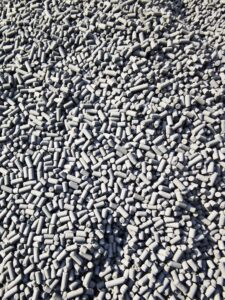
三、The application of powdered activated carbon in water supply treatment
The application of powdered activated carbon in water supply treatment has a history of about 70 years. Since the United States first used powdered activated carbon to remove the odor produced by chlorophenols, activated carbon has become one of the effective methods for removing color, odor, taste and organic matter in water treatment. A large number of studies on the adsorption performance of powdered activated carbon in foreign countries have shown that powdered activated carbon has excellent adsorption effects on trichlorophenol, organic matter in pesticides, trihalomethanes and precursors, as well as disinfection by-products such as trichloroacetic acid, dichloroacetic acid and dihaloacetonitrile, and the removal effect of color, odor and taste has been recognized.
Powdered activated carbon is widely used in Europe, the United States, Japan and other places. In the United States, about 250,000 tons of powdered activated carbon was used in water treatment each year in the 1980s, and the trend of increasing investment is still ongoing. In China, attention to the removal of odor and taste from polluted water sources began in the late 1960s. Powdered activated carbon has been tested in Shanghai, Harbin, Hefei and Guangzhou.
The main characteristics of the application of powdered activated carbon are low equipment investment, low price, fast adsorption speed, and strong adaptability to short-term and sudden water quality pollution. The application of powdered activated carbon adsorption technology in waterworks is a very promising technology. However, due to the inability to well solve the limitations of this technology in application, the advantages of powdered activated carbon technology cannot be fully exerted, resulting in the inability of the technology to achieve the actual effect.
